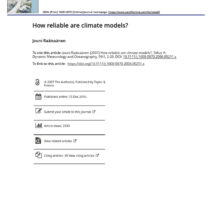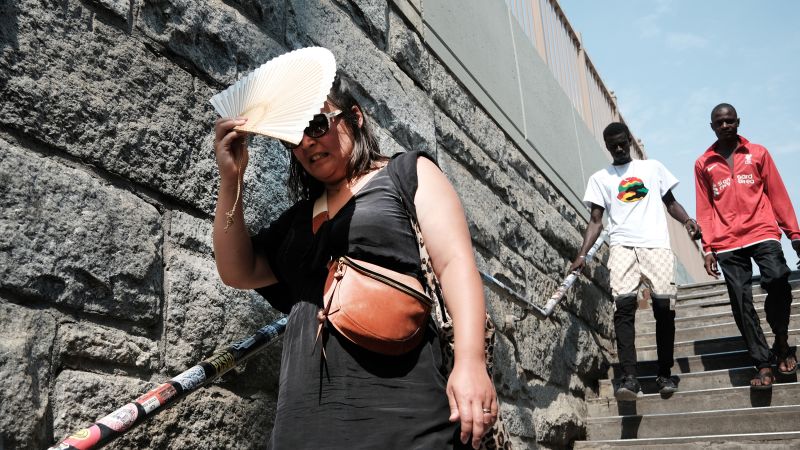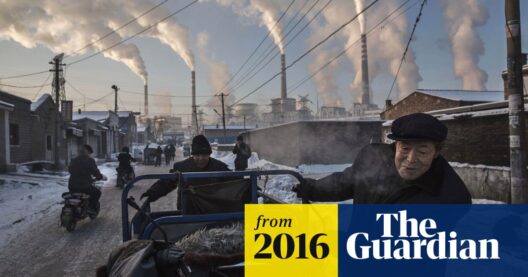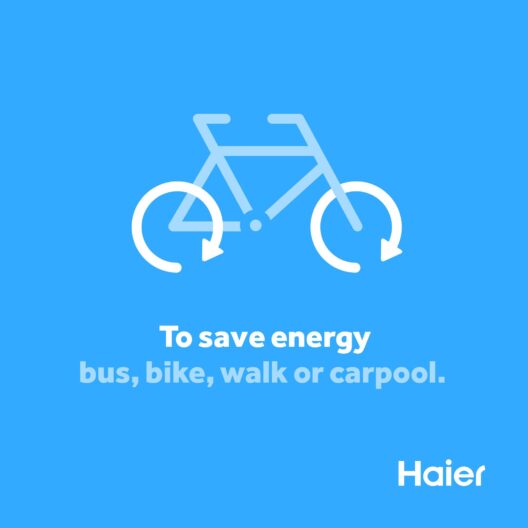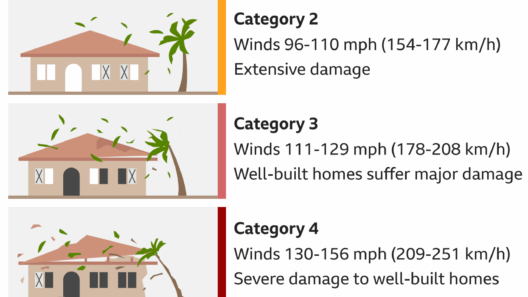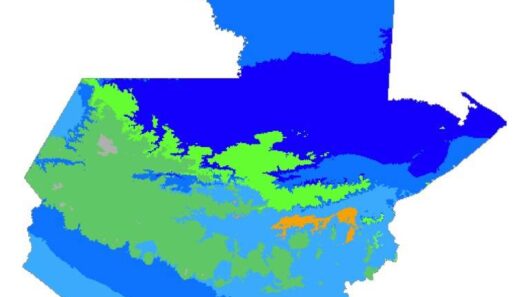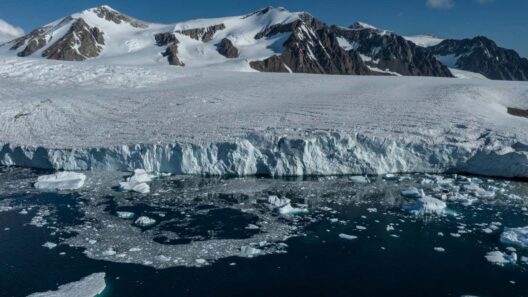The multifaceted issue of climate change is not a distant threat; it is an immediate and burgeoning crisis that impacts millions across the globe. In recognizing the individuals affected by this global phenomenon, we glimpse a tapestry woven of diverse experiences, socioeconomic statuses, and geographic locations. Each face represents a narrative of struggle, resilience, and often, a fight for survival. This text delves into the myriad ways in which climate change affects people today, underscoring the urgency of collective action.
The Vulnerable Populations at the Forefront
The most acutely affected individuals often reside in developing countries, where communities are less equipped to adapt to environmental shifts. These individuals include rural farmers whose livelihoods hinge on consistent weather patterns. Erratic rainfall or prolonged droughts can mean the difference between bounty and famine. Smallholder farmers, particularly in regions such as sub-Saharan Africa, bear the brunt of these extreme weather events, jeopardizing their food security and economic stability.
Indigenous populations also find themselves targeted by climate change. Their traditional ways of life are precariously balanced on ecosystems that are rapidly deteriorating. For instance, Indigenous peoples in the Arctic face the drastic changes brought about by melting ice sheets, which not only threaten their way of life but also erode their cultural heritage. As modernity encroaches, the battle to preserve their territories becomes increasingly fraught.
Urban Dwellers: The Impact of Rising Sea Levels
Climate change is not limited to rural demographics; urban populations are increasingly vulnerable, particularly those in coastal cities. Rising sea levels threaten to inundate densely populated areas, displacing millions. Cities like **Jakarta**, **Miami**, and **Bangkok** are grappling with severe flooding exacerbated by insufficient infrastructure and planning. The residents of these urban landscapes often belong to marginalized groups who lack the resources to relocate, facing a grim reality where their homes and communities are swallowed by the sea.
Additionally, the heatwaves intensifying in urban environments adversely affect public health. Poor air quality, along with heightened temperatures, can lead to respiratory issues and other health complications. Those with pre-existing conditions or those living in overcrowded conditions experience the most significant health risks. The juxtaposition of wealth and poverty in megacities accentuates the disparity, as affluent neighborhoods enjoy access to air conditioning and healthcare, while poorer communities suffer the consequences unmitigated.
Climate Refugees: A New Kind of Displacement
The growing phenomenon of climate refugees is colliding with geopolitical realities. Individuals and families forcibly displaced by climate-related disasters are now seeking refuge in other regions or countries. For example, the **Pacific Island nations** such as **Kiribati** and **Tuvalu** face existential threats from rising ocean levels, prompting their residents to consider migration as the only viable option. This migration brings about complex legal and ethical challenges surrounding citizenship and asylum, accentuating the need for international cooperation as climate change transcends borders.
The Economic Hardships Intensified by Extreme Weather
The financial implications of climate change are staggering, with communities worldwide experiencing economic instability. Droughts, floods, and storms destroy crops and infrastructure, leading to increased prices for food and basic necessities. The most vulnerable are often the hardest hit; they are forced to divert funds from essential needs such as education and healthcare to cover the costs of disaster relief or repairs. In nations reliant on agriculture, these economic burdens can perpetuate cycles of poverty and limit opportunities for future generations.
The fishing industry, another cornerstone of both rural and coastal economies, is also feeling the effects of climate change. Overfishing combined with rising sea temperatures has led to drastic declines in fish populations. Coastal communities dependent on these resources for their livelihoods are encountering financial hardship and food scarcity, leading to broader implications for sustenance and economic resilience.
The Psychological Impact: Mental Health Concerns
The psychological toll of climate change is an often overlooked aspect of this crisis. Individuals experiencing the devastation of natural disasters face not only physical loss but also emotional trauma. The grief associated with losing homes, loved ones, or communities can lead to long-term mental health issues, including anxiety, depression, and post-traumatic stress disorder (PTSD). Children growing up in environments impacted by climate change are particularly vulnerable, as their formative years are marred by instability and fear.
Moreover, coalitions of support systems are critically needed to address these mental health crises. Social cohesion can provide a buffer, offering emotional support through communal resources. However, as resources dwindle, the strain on relationships and networks exacerbates feelings of isolation and despair.
Empowering the Voices of the Affected
In recognizing the myriad faces affected by climate change, it is imperative to amplify their voices and narratives. Activism and advocacy from those at the grassroots level can illuminate the urgent need for policy shifts and systemic change. By elevating stories from impacted communities, society can better comprehend the human dimension of climate change, fostering a sense of responsibility and urgency to act.
In conclusion, climate change is not merely an abstract issue; it is a pressing reality that affects lives globally. From rural farmers and urban residents to climate refugees and economically disenfranchised individuals, the multitude of experiences underscores an urgent call to action. Understanding these diverse faces of climate change not only humanizes the crisis but also lays the foundation for collaborative efforts aimed at mitigation and adaptation, paving the way for a sustainable future for generations to come.

